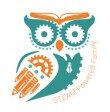

What is Heat Transfer? Heat Transfer Experiments
Heat transfer projects are an exciting and engaging choice for your next STEM activity. Kids love the hands on nature of these projects. Plus they offer a lot of practical life skills. Like how to build a natural solar heater or how to slow heat loss, or how to make a slurpee with science !
Science Fair Heat Transfer Experiments
What you will discover in this article!
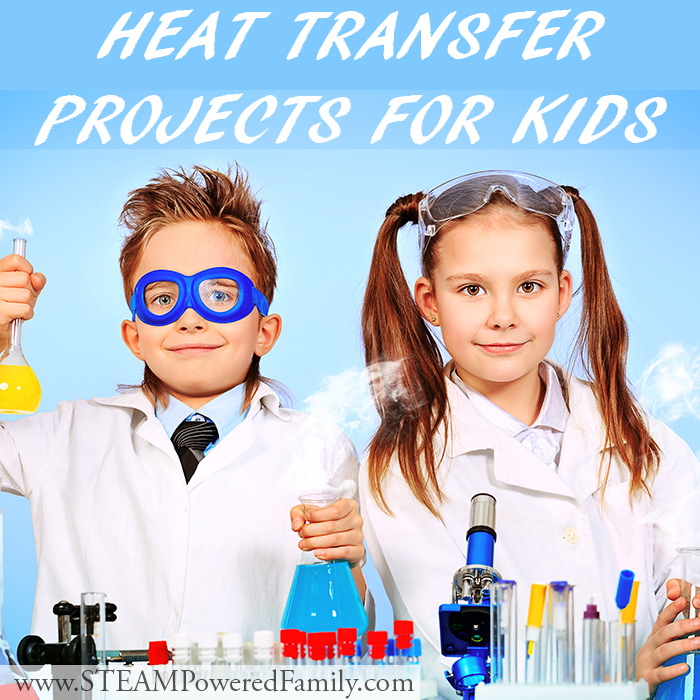
Heat Transfer Science and Definitions
Before jumping into a bunch of Heat Transfer Projects it’s a good idea to chat about the science behind these experiments.
Heat Energy is often called thermal energy. Thermal energy is present in the molecules of an object. When an object is hot the molecules have a lot of energy and move fast. When an object is cold, the molecules have little energy and move slowly.
One thing to keep in mind, is that the faster molecules are moving, the more space they take up. The Bottle Crush experiment below is a fantastic way to demonstrate this principle.
How is Heat Transferred?
The Second Law of Thermodynamics states that heat will always move from a hot object to a cooler one. Heat transfer is the movement of thermal energy as it transfers from one object to another or between an object and it’s surroundings. Thermal energy will naturally work towards a state of balance or equilibrium. This is known as thermal equilibrium, where two objects or an object and it’s surroundings achieve the same level of heat energy (thermal energy).
Keep in mind the greater the difference in temperature the more rapid the transfer of heat. The Mpemba Effect is a great way to explore this principle in water.
What is the Difference Between Heat and Temperature?
It’s important not to confuse Heat and Temperature. Heat refers to the energy present in the molecules of an object (picture how fast those molecules are moving). Heat is affected by the speed of the particles, the number of particles (including their size or mass), and the type of particles. Temperature is a measure of the average kinetic energy of the molecules in an object and is not affected by the number or size of the molecules. Heat and temperature are directly related to each other, but not the same thing.
Picture a steaming mug of coffee, now picture a bathtub filled with the same steaming coffee. The temperature is the same, but the thermal energy is higher in the tub because there is more coffee.
In a nutshell, heat is energy. Temperature is a measurement of that energy.
So with these heat transfer projects we are exploring the transfer of energy, with temperature being a common method of measurement and quantification of the results.
Heat Transfer Projects and Experiments
Science fair worthy projects, greenhouse effect experiment – climate change in a jar.
In this climate change experiment students learn hands on about the power of greenhouse gases and how they capture and hold heat from the sun. A simple chemical reaction is all that is needed to replicate the carbon dioxide in the atmosphere and see the greenhouse effect in a jar .
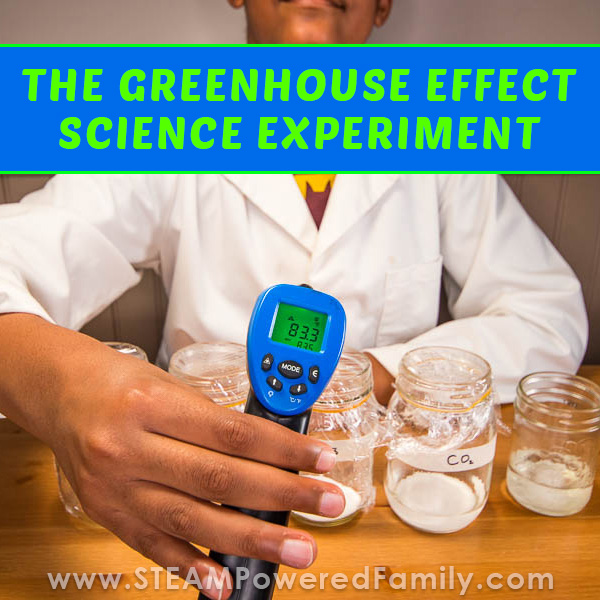
Starlite Thermal Insulating Experiment
This project is absolutely fascinating and would make an amazing science fair project for middle grade. Our Starlite recipe uses ingredients that you probably already have and it provides incredible thermal protection from heat transfer. We tested it a number of different ways, and each was utterly fascinating!
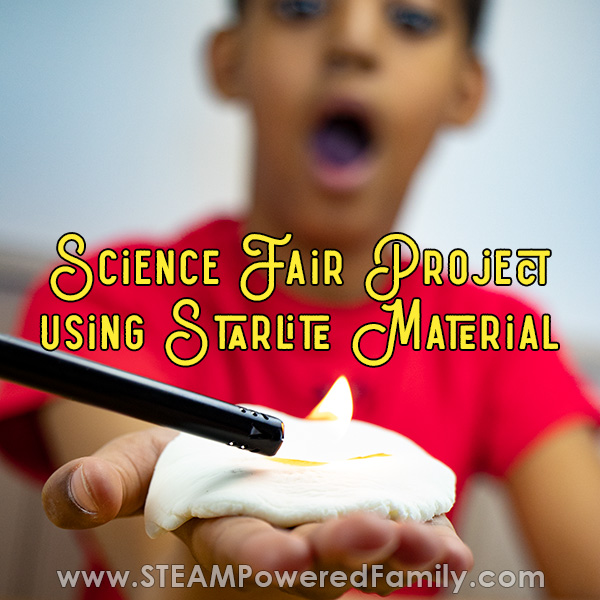
Passive Solar Energy Project
This activity uses recycled materials to create a solar chimney . Using the energy from the sun, it is transferred to the air inside the chimney, heating the air.
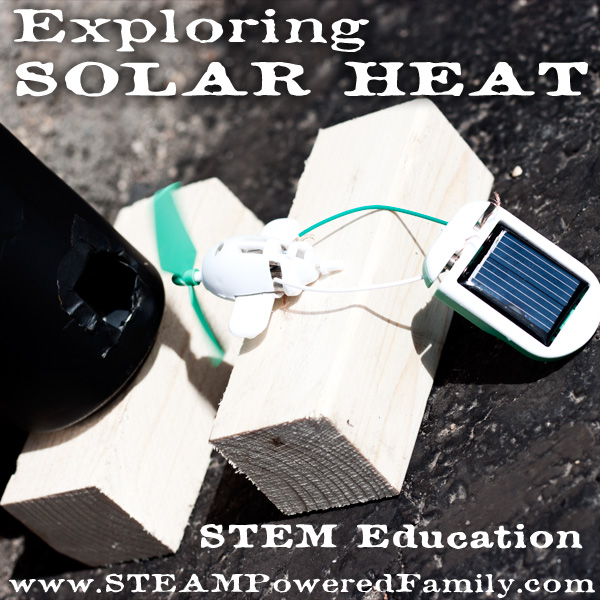
Winter STEM – Exploring the Effect of Salt on Ice
A fun project that explores how salt impacts ice and the transfer of heat between the ice and adjacent objects and the surroundings.

Slurpee Science
Using the principles explored in the previous Winter STEM project, this heat transfer project has a tasty treat at the end as students make their own slurpees with science !
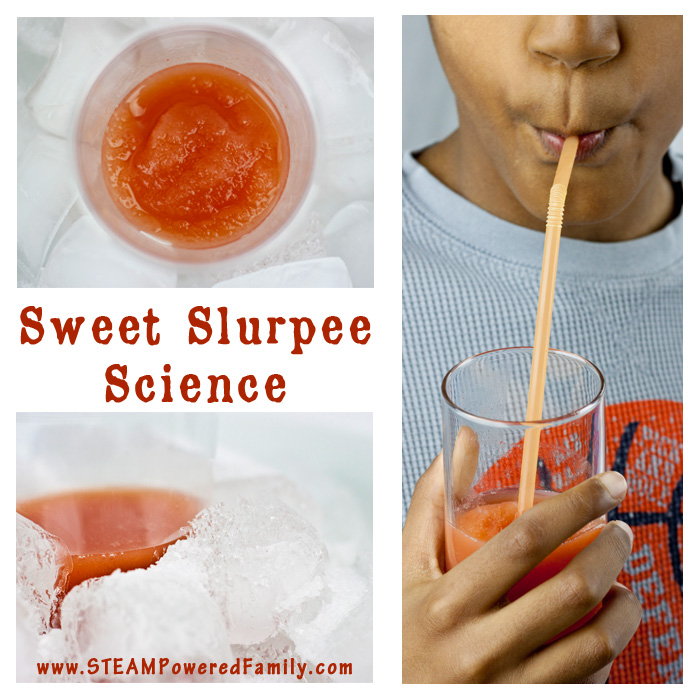
How to Make Ice Cream in a Bag
Want something other than a slurpee? Try making Ice Cream in a Bag using the principles of Heat Transfer and a little muscle power. We have recipes for regular and dairy free Ice Cream in a Bag. So yummy!
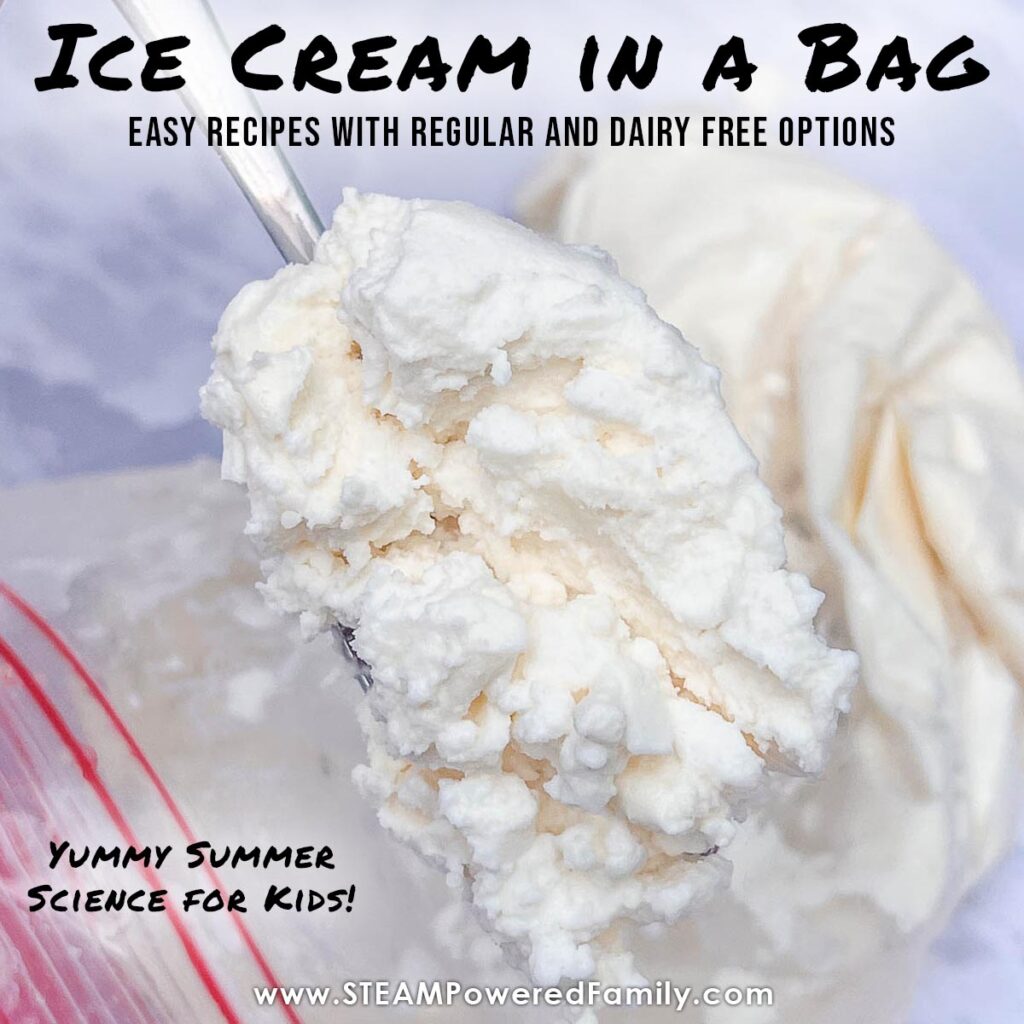
Why Does Water Rise?
This activity is like magic and a great example of how rapid changes in heat energy and temperature can create a vacuum.
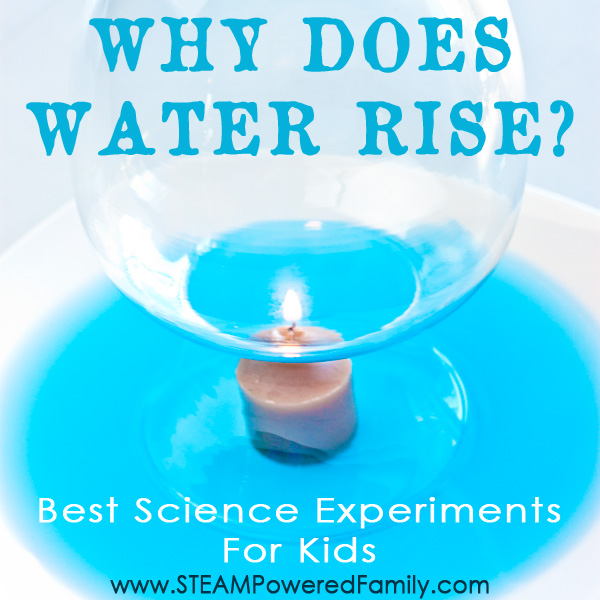
More Fun Heat Transfer Projects
Color changing magic playdough recipe.
A wow worthy project making playdough that changes colour as you play, simply from the heat of your hands, or by using chilled or warmed objects. This Magic Playdough Recipe is so cool!
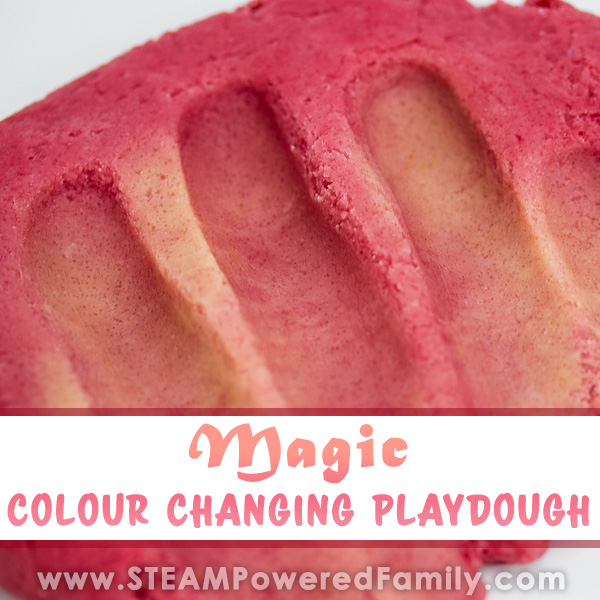
Heat Sensitive Color Changing Oobleck Recipe
Looking to add some non-Newtonian Fluid demonstrations to your heat transfer lessons? Try this fun Colour Changing Oobleck that changes colours from the warmth of your hands, especially as you work it to keep it in a solid state. But release it and watch as it turns to liquid, flowing from your hands and changes colour as it flows. A fantastic demonstration of heat transfer and non-Newtonian fluids.
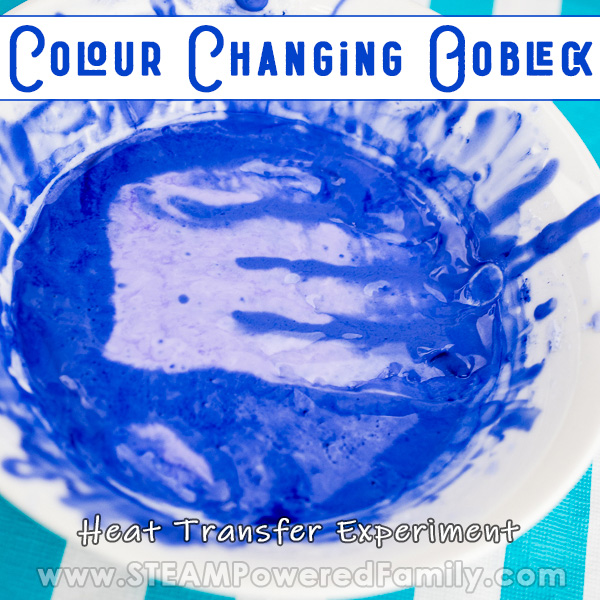
Magic Moon Dough
This luxurious sensory activity is absolutely mesmerizing. As you play with the silky feeling magic moon dough it will change colour from your touch, just like magic! Takes only minutes to make and provides hours of play.
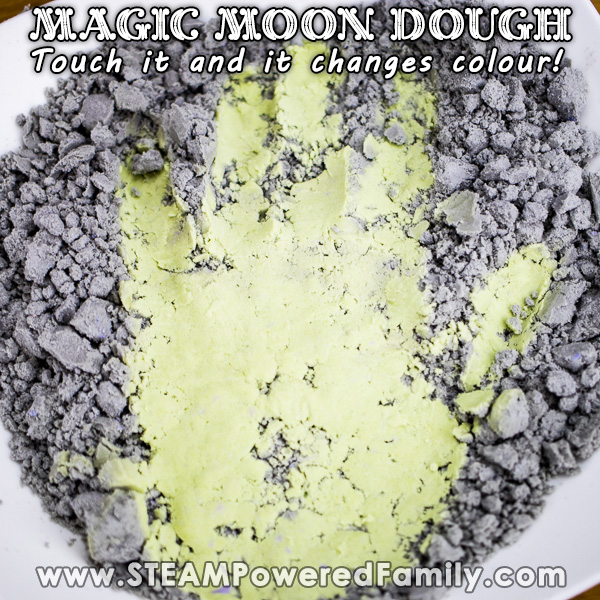
Bottle Crush
This activity was mentioned above. Bottle Crush is a very simple science project that kids of all ages will enjoy. It does a fantastic job of showing how high heat energy takes up more space and low heat energy takes up less space.
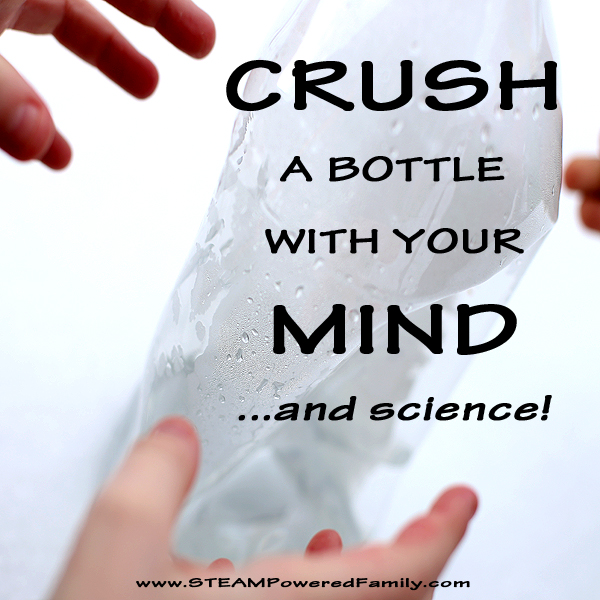
Mpemba Effect – Making Snow
The Mpemba Effect is about the peculiar property of water where it will freeze faster when it is hotter, rather than colder. The greater the difference in temperature, the faster the heat transfer and the more dramatic the results. And at -40 the results are breathtaking!
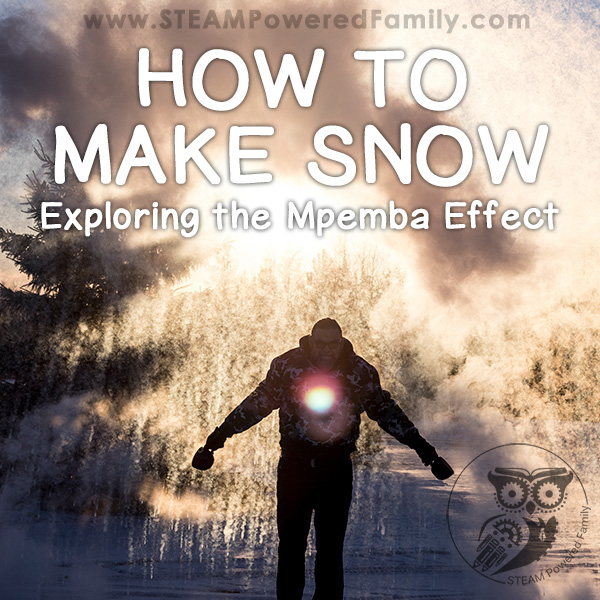
Convection Currents Experiment
A potentially messy but fun experiment that shows how heat transfers between liquids when they are mixed together.
Ocean Currents Experiment
Similar to the experiment above, this one also explores heat transfer in liquids and how liquids at extreme temperature differences react to each other.
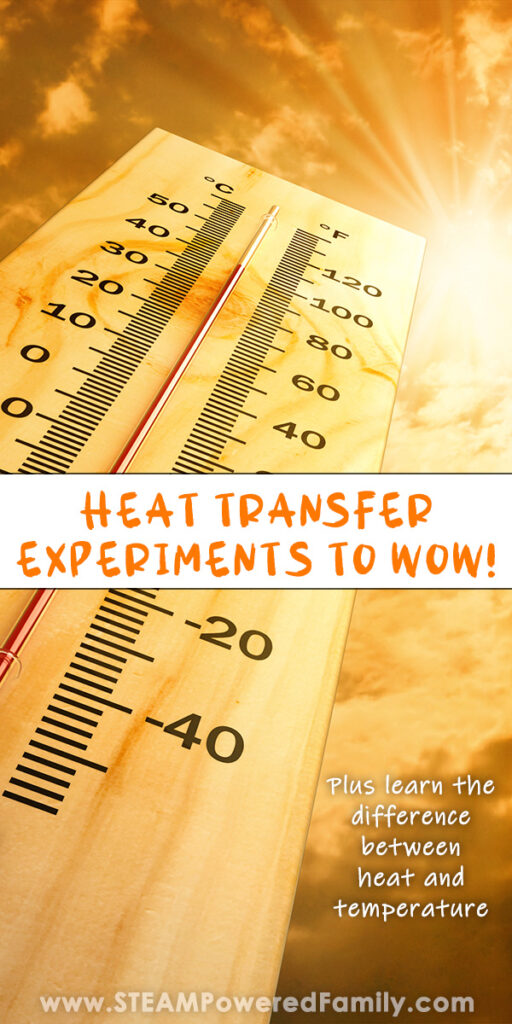
5 Days of Smart STEM Ideas for Kids
Get started in STEM with easy, engaging activities.
Elementary Heat Transfer Experiments
Teaching children how to understand the basics of heat transfer can be rather difficult. Since many students do not fair well learning strictly through textbooks, elementary experiments can be crucial for teaching how heat energy can be transferred. A variety of heat transfer experiments can be conducted quickly and without the need for expensive materials.
Coin Conduction Experiment
A simple experiment that utilizes coins can be used to teach heat conduction. Place six pennies on a flat surface, which will represent atoms. Fling a "shooter" penny towards the group of coins, which represents an atom with excess kinetic energy. Observe the reaction of the other coins, which represents a transfer of kinetic energy; the same principle that can be found in heat conduction.
Sunlight Conduction Experiment
Sunlight conduction experiments are incredibly easy to set up and can effectively teach children how sunlight can be absorbed in water to create energy. Simply fill a container with ice-cold water and place outside of the classroom in a very sunny area. Ensure that each child feels the temperature of the water, and allow the water to sit outside for at least two hours. Take the children outside and ask each to feel the water's new temperature, which will be warm or hot as a result of its absorption of sunlight.
Dark vs. Light Experiment
Expanding on the sunlight conduction experiment, you can take things one step further by teaching your students which type of container absorbs more heat energy; a black one, or a white one. Using black and white construction paper, wrap two jars in each color respectively and fill with water. Allow to sit outside for one hour and test the temperature of each jar. The black will almost always be warmer, since dark surfaces work as better conductors than light surfaces.
Radiation Experiment
Teaching children the basic principles of radiation can be done easily and safely. Take the class outside and stand in a shady location, asking them to decide whether they feel hot or cold in the current area. Ask them to move to a sunny location and repeat the analysis. The warmth of the sunny area represents radiation, which can be thought of as a series of waves emitted by the sun that warms the ground.
- The Teacher's Corner: Free Science Experiment – Heat Transfer
- Science Kids: Color, Light and Absorbing Heat
- Science Project Ideas for kids: Heat Transfer: Conduction
Cite This Article
Larsen, Kurt. "Elementary Heat Transfer Experiments" sciencing.com , https://www.sciencing.com/elementary-heat-transfer-experiments-7894273/. 21 July 2017.
Larsen, Kurt. (2017, July 21). Elementary Heat Transfer Experiments. sciencing.com . Retrieved from https://www.sciencing.com/elementary-heat-transfer-experiments-7894273/
Larsen, Kurt. Elementary Heat Transfer Experiments last modified March 24, 2022. https://www.sciencing.com/elementary-heat-transfer-experiments-7894273/
Recommended
- Skip to primary navigation
- Skip to main content
- Skip to primary sidebar
Teaching Expertise
- Classroom Ideas
- Teacher’s Life
- Deals & Shopping
- Privacy Policy
Exploring Properties Of Heat Transfer With 18 Engaging Activities
June 16, 2023 // by Lauren Du Plessis
Engaging students in hands-on activities is key to deepening their understanding of scientific concepts! To help you achieve this, we’ve rounded up 18 fantastic heat transfer activities that are designed for students of various ages. From becoming heat detectives to constructing solar ovens, participating in dance parties, and solving heat transfer riddles, these activities will captivate your students’ interest while fostering their comprehension of conduction, convection, and radiation!
1. Heat Detectives
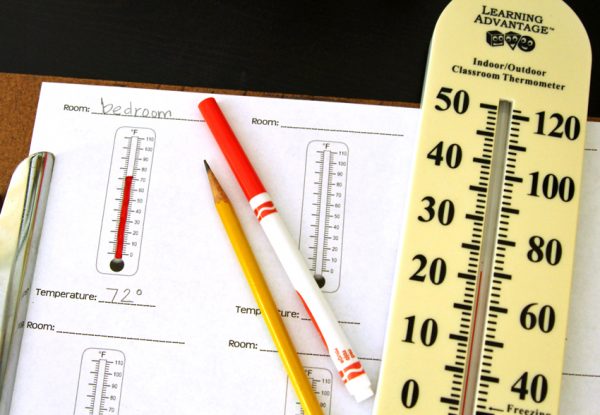
Spur your students on to become heat detectives! Provide thermometers and challenge them to explore different objects and surfaces in the classroom; recording the temperatures as they go. Through this hands-on investigation, students will discover how heat transfers from warmer objects to cooler ones.
Learn More: Make And Takes
2. Hot Potato Relay
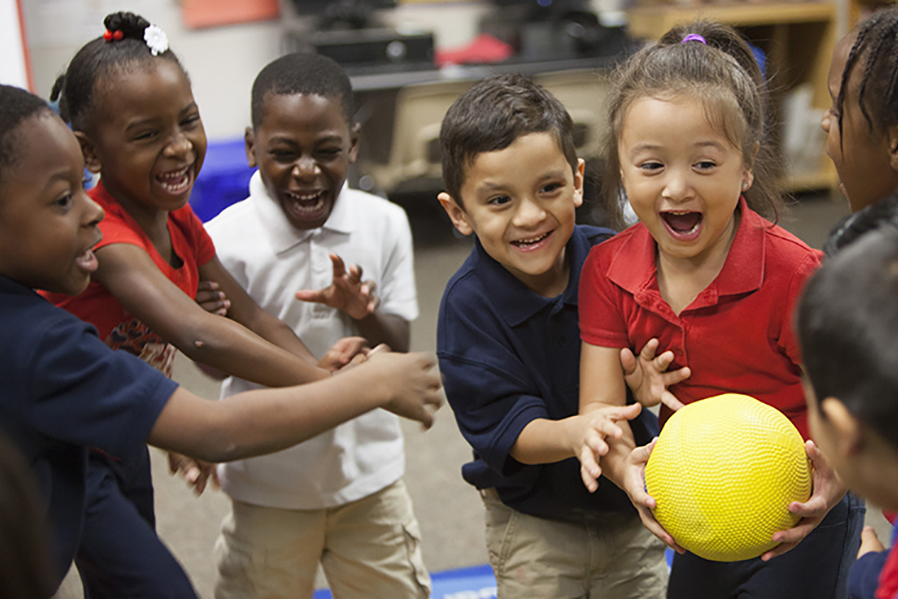
Prepare for a sizzling relay race like no other! Have your students form teams and pass a hot potato (a warm object like a bean bag or stuffed toy) from one teammate to another. As they pass the “hot potato”, they’ll experience the transfer of heat through touch and be able to learn more about conduction.
Learn More: Playworks

3. Solar Oven Fun
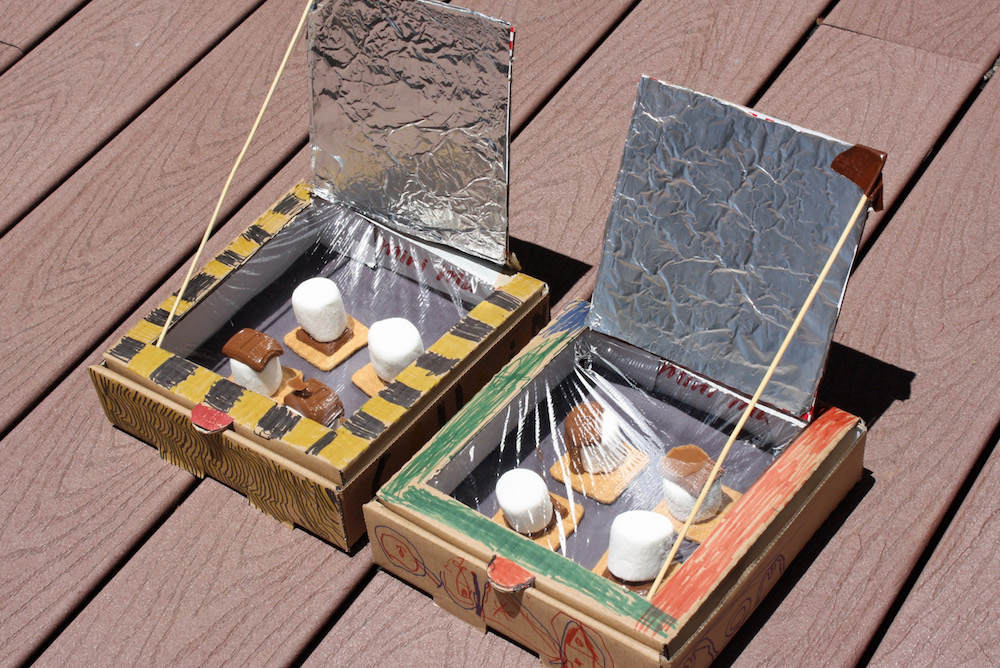
Tap into the power of the sun and cook up a tasty treat! Help your students construct simple solar ovens using cardboard boxes, aluminum foil, and plastic wrap. Then, let them use their solar ovens to cook s’mores and melt chocolate; observing how solar radiation transfers heat and cooks food.
Learn More: Desert Chica
4. Heat Transfer Collage
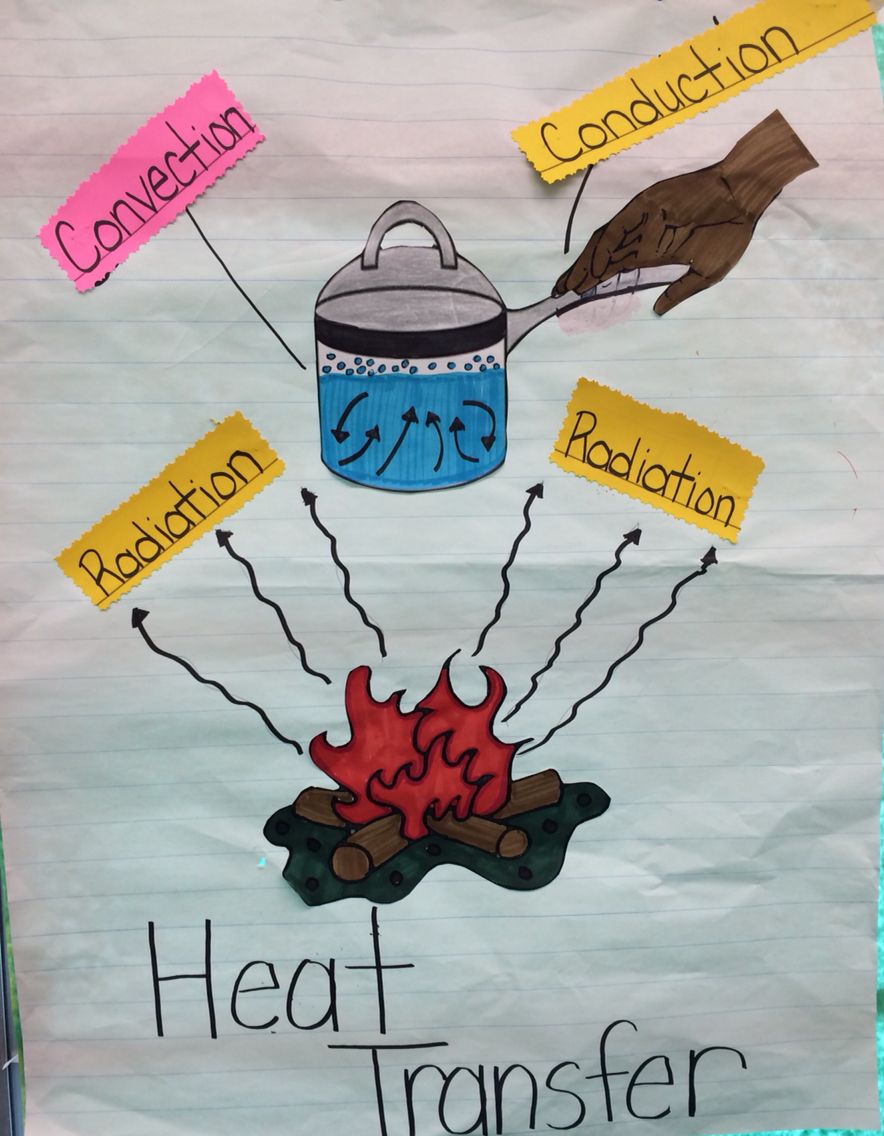
Spark creativity while learning about heat transfer! Provide magazines, scissors, and glue, and task your students with creating collages that represent various heat transfer methods. They can use pictures of objects or scenes related to conduction, convection, and radiation, and then explain their choices in a class discussion.
Learn More: Pinterest
5. Ice Cube Race
Challenge your students to a race where they will need to melt ice cubes using different materials and techniques. Provide items like salt, warm water, and rubbing alcohol for experimentation. Along the way, your learners will observe how the varying methods of heat transfer affect the rate of ice melting.
Learn More: Lemon Lime Adventures
6. Solar Still Experiment
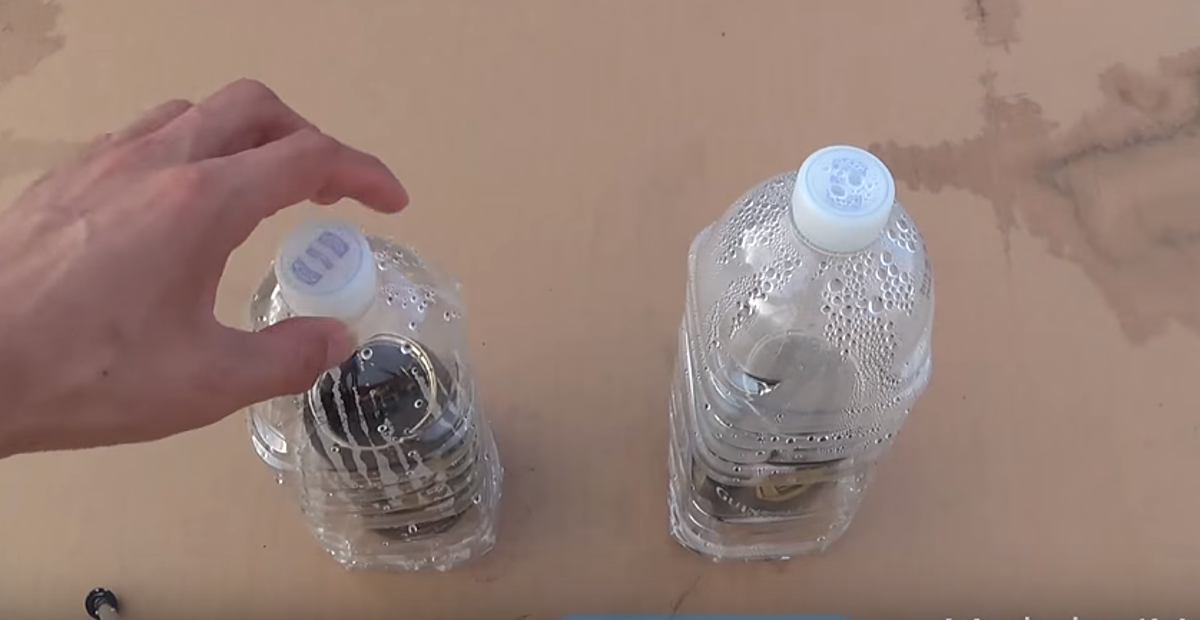
Guide your students on how to construct a solar still using plastic bottles, plastic wrap, and a small container. During the process, they’ll learn about the process of evaporation, condensation, and the collection of water; introducing them to heat transfer and water cycle concepts as well.
Learn More: Kicker 102.5
7. Insulation Investigation
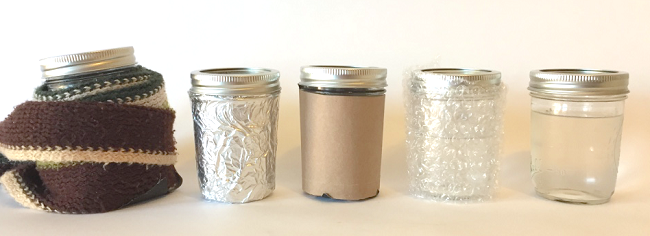
Investigate the role of insulation in preventing heat transfer! Using an assortment of materials like foam, fabric, and newspaper, learners will wrap containers of hot water and observe which materials best retain the heat; sparking discussions about insulation and reducing energy loss.
Learn More: Science Buddies
8. Heat Transfer Dance Party
Combine movement and learning in a dance party extravaganza! Assign different dance moves to represent conduction, convection, and radiation. As students bust a move, they will physically experience and express the concepts of heat transfer through creative movement.
Learn More: YouTube
9. Sensational Senses
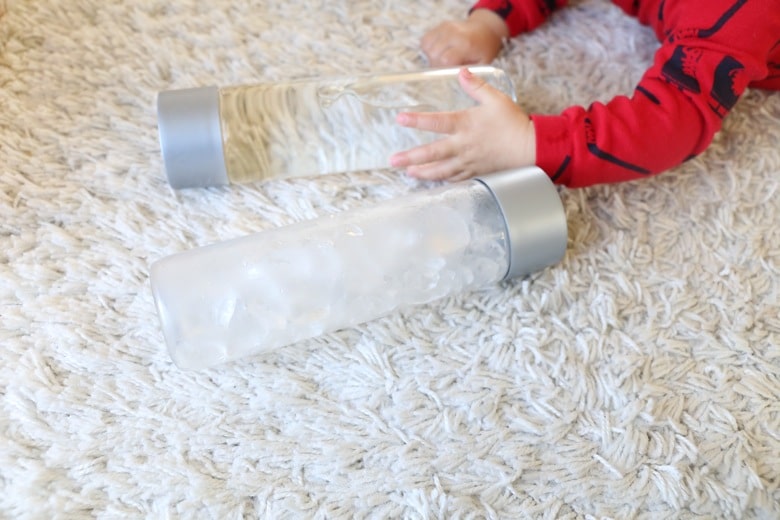
Engage your students’ senses whilst you explore the concept of heat transfer! Set up sensory stations with materials like ice, hot water, and room-temperature objects. Students can then touch and hold these materials; observing how they feel and then discussing the transfer of heat through their sensory experience.
Learn More: Kids Love What
10. Cooking Convection
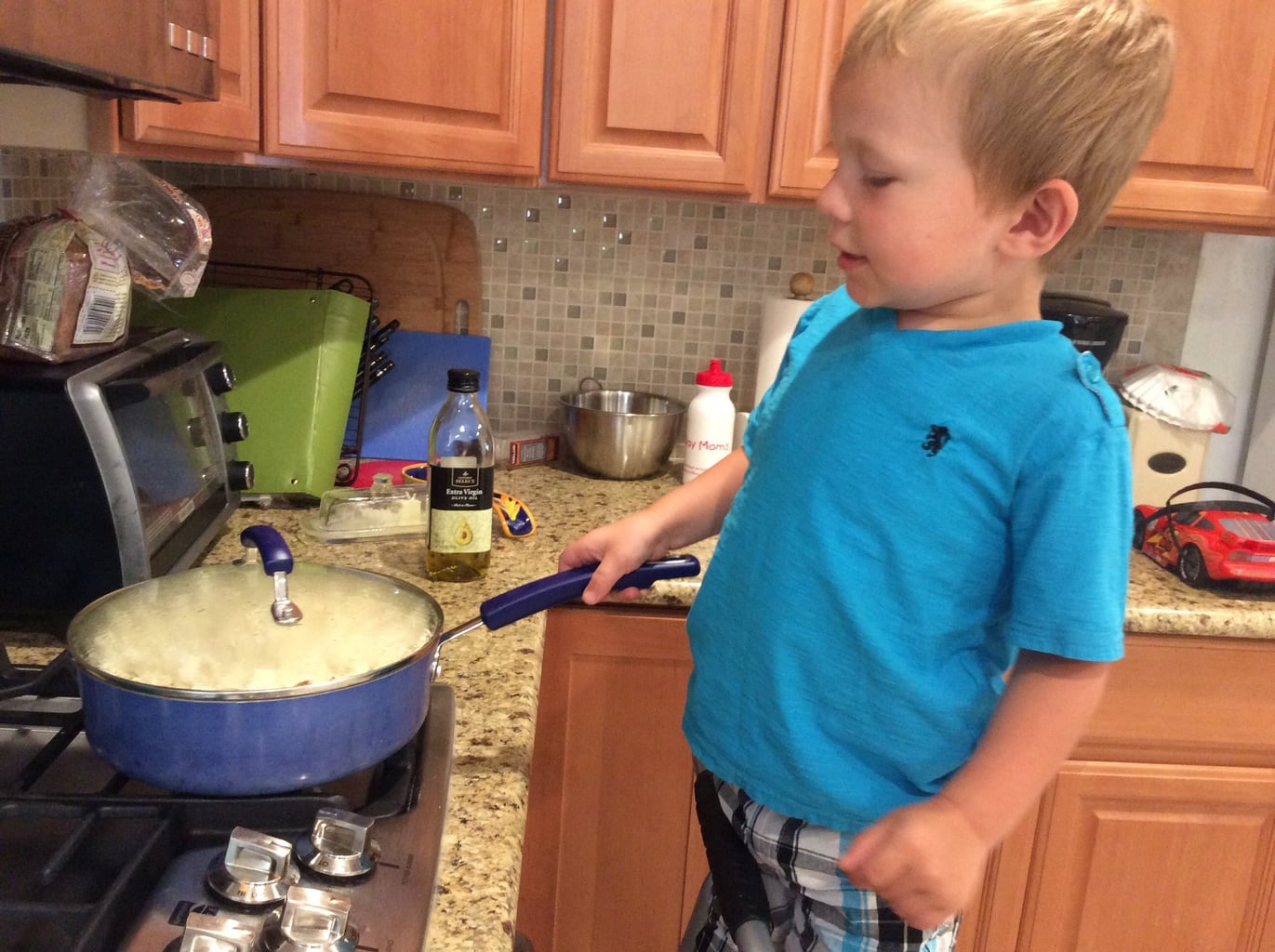
Use convection to make a delicious treat like popcorn. During the process, they’ll discover how heat transfer occurs through the movement of heated air or liquids; gaining a tasty understanding of convection in action!
Learn More: Aileen Cooks
11. Radiant Reflections
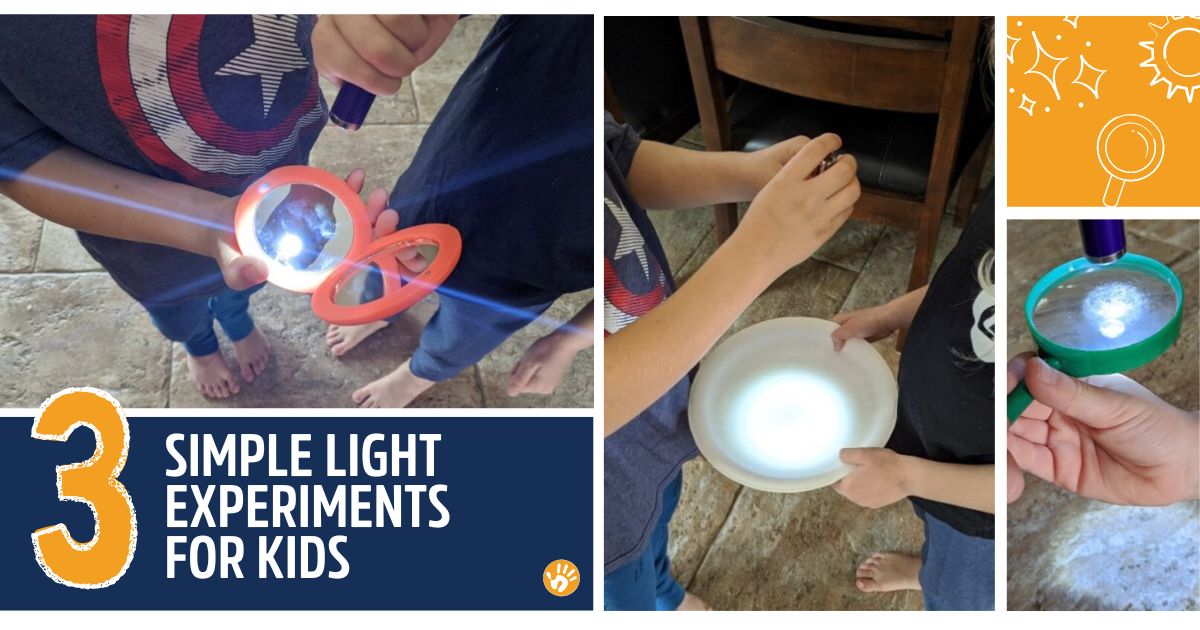
Take a look at how heat is transferred through radiation and how reflective materials can affect heat absorption with a simple experiment! Provide assorted mirrors and a light source that learners can use to experiment with reflecting light onto different objects and surfaces.
Learn More: Hands-On As We Grow
12. Heat Transfer Riddles

Challenge your students’ understanding of heat transfer and related concepts with a riddle-solving session! Source a few heat transfer-related puzzles. To solve them, learners will need to apply their knowledge of conduction, convection, and radiation.
Learn More: Teachers Pay Teachers
13. Heat Transfer Quiz Show
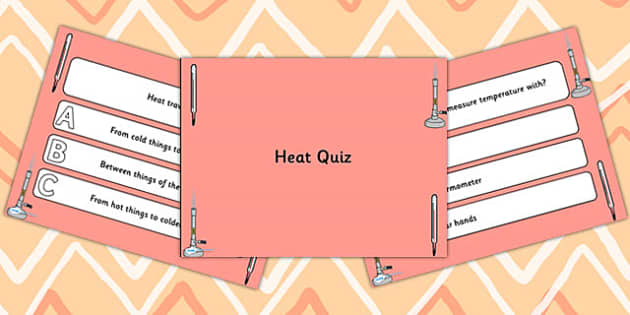
Turn learning into a game show extravaganza by dividing your class into teams and hosting a heat transfer quiz show. Pose questions about the different types of heat transfer and their applications, and have teams compete to be the first to give the correct answer.
Learn More: Twinkl
14. Virtual Heat Transfer Simulations
Introduce your students to online simulations or virtual labs where they can explore heat transfer scenarios in a dynamic and interactive way. They can manipulate variables, observe heat flow, and make connections between real-world situations and the concepts of heat transfer.
15. Thermal Imaging Adventure

Discover the invisible world of heat with thermal imaging technology! Arrange for a thermal imaging camera or app to capture images that reveal temperature variations in different objects and environments. Students will analyze the images, identifying patterns and interpreting heat transfer phenomena.
Learn More: Research Gate
16. Heat Transfer Storytelling
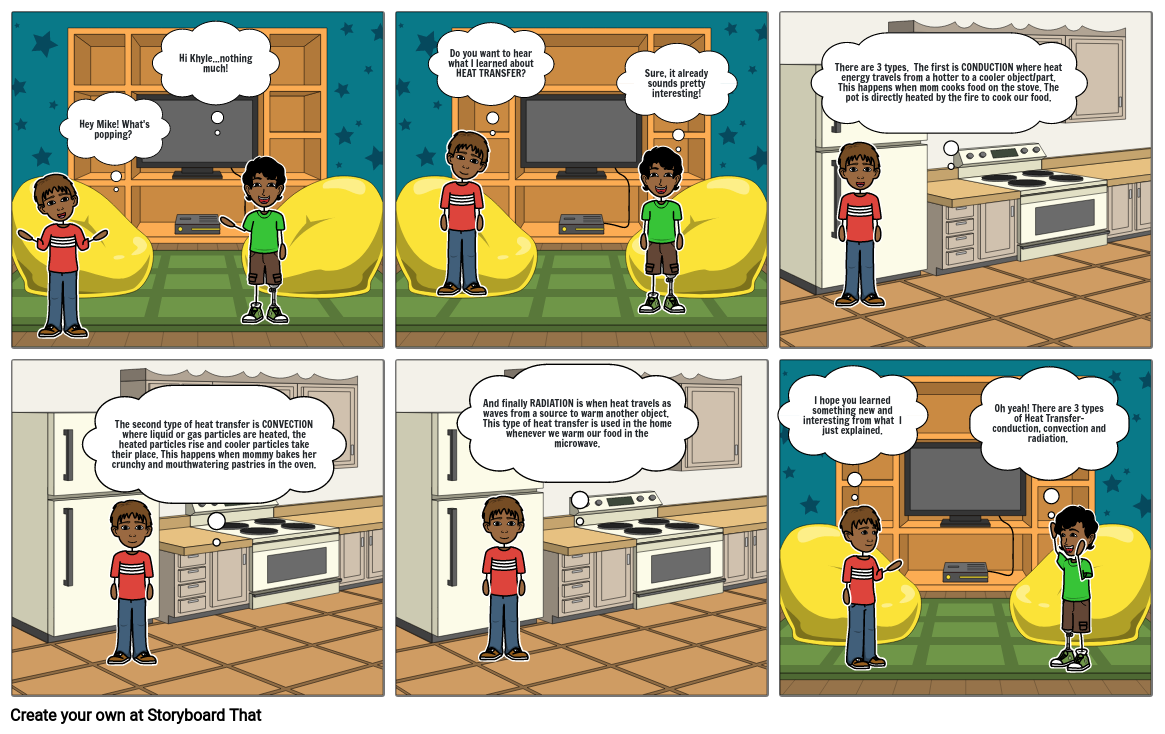
Ask your pupils to concoct imaginative stories that incorporate heat transfer concepts. They can craft narratives featuring characters and scenarios where heat is transferred in unique ways to showcase their understanding of conduction, convection, and radiation.
Learn More: Story Board That
17. Building Thermal Protectors
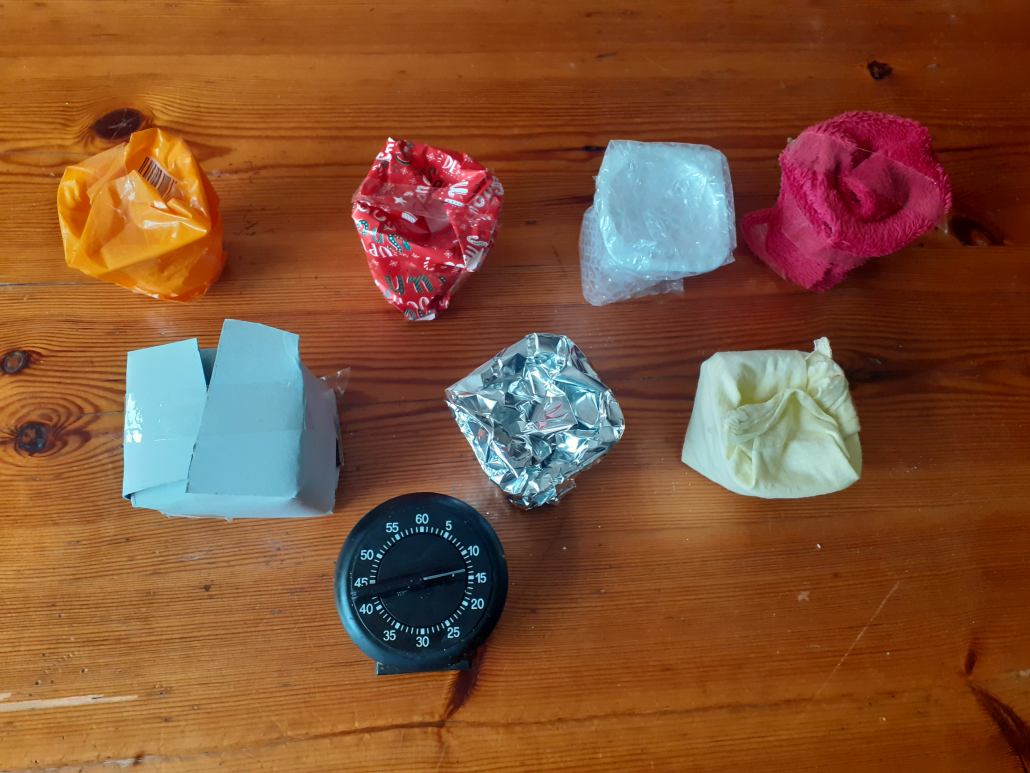
Take a crack at a fun STEM challenge to further explore the concept of insulation! Provide materials like aluminum foil, cotton balls, and bubble wrap, and have your students design and construct thermal protectors for ice cubes. In doing so, they can test which materials and designs best insulate against heat transfer.
Learn More: NUSTEM
18. Heating Up with History
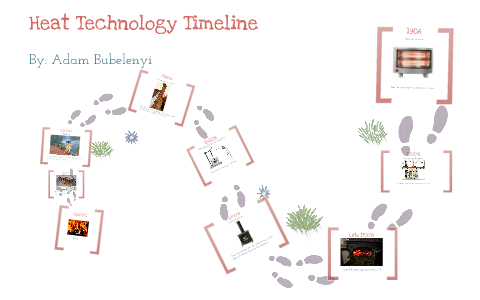
Turn back the clock and explore heat transfer innovations throughout the decades! Introduce your students to historical figures like James Watt or Nikola Tesla, who made significant contributions to heat transfer technology. Through research, your students can discover how these innovators revolutionized the world.
Learn More: Prezi
Get Your ALL ACCESS Shop Pass here →
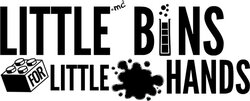
Insulation Science Experiment
Keep Warm with Science! Have you ever wondered why polar bears stay cozy in freezing temperatures? Insulation is the secret! This insulation science experiment is an easy, hands-on way for kids to learn how different materials retain heat. Get ready to test various materials and determine which makes the best thermal insulator!

What is Insulation?
Insulation prevents heat transfer, helping keep things warm. In scientific terms, insulation acts as a barrier to heat flow by trapping air, which is a poor conductor of heat. Different types of insulation materials work in unique ways—some materials trap air, while others reflect heat. This experiment lets kids test various materials like wool, cotton, and even a piece of aluminum foil to see how they prevent heat loss.
Grade Level Recommendation: 2nd – 4th grade (can work for slightly younger and slightly older depending on the depth of science involved)
- Free printable instructions and chart (see below)
- Hot water (a form of energy as it transfers heat)
- Four glasses or mugs
- Different insulation materials: Wool, aluminum foil, cotton, plastic wrap, foam, bubble wrap
- Thermometer
- Stopwatch or timer
Insulation Experiment Instructions
🛑 Adult supervision and assistance are required for kettle use and pouring hot water.
Wrap each cup with a different insulation material, creating a barrier around the hot liquid. Use materials like wool, cotton, plastic wrap, and a piece of aluminum foil.
💡Learn more about the properties of materials [here] .

Heat water in a kettle or microwave. 🛑 Adult assistance required.
Add the same amount of hot water to each cup. Ensure the water starts at a similar temperature so you can track temperature change accurately.
💡Heat enough water for all the cups, immediately pour the same amount into all containers, and quickly follow up each pour with a temperature reading.
Immediately use a thermometer to take the temperature of the water in each container and record the starting temperature. (This will act as the room temperature baseline for each material.)
Check the temperature of the water in each cup at regular intervals (e.g., every 5 minutes) for 20-30 minutes, and record the results.

The Science Behind Insulation
Insulation helps prevent heat loss by reducing conduction and convection .
Conduction : This is the transfer of heat through direct contact. When two objects are touching, heat moves from the warmer object to the cooler one. For example, if you hold a metal spoon in hot soup, the heat travels up the spoon to your hand through conduction.
Convection : This is the transfer of heat through the movement of fluids (like liquids and gases). Warmer parts of the fluid rise, while cooler parts sink, creating a cycle that moves heat around. For example, when you heat water on a stove, the warm water at the bottom rises while the cooler water sinks, creating a convection current.
Wool and cotton, for example, trap air and reduce heat transfer through conduction, making them great thermal insulators. Air is a poor conductor of heat, so materials that trap air are effective at slowing heat flow. Aluminum foil reflects heat but doesn’t trap it as effectively, so it may show more heat loss over time.
In the natural world, animals living in cold climates use insulation to retain body heat. For instance:
- Polar bears have thick fur and a layer of fat, or blubber , that acts as a natural insulator, keeping their bodies warm in icy conditions.
- Whales have a thick layer of fat that prevents heat loss, allowing them to swim comfortably in cold water.
- Penguins huddle together to trap warm air, acting as a barrier to prevent body heat from escaping.
Understanding insulation through this experiment helps kids see how heat transfer and insulation play a role in animal survival.
How To Apply The Scientific Method
💡 Encourage kids to think like scientists by following the scientific method during this experiment. Create a hypothesis (if/then statement). Then, consider the variables needed to test the experiment
- Ask a Question: Which material will insulate hot water best and slow down heat loss? Do some research!
- Make a Hypothesis : Have each kid make an educated prediction about which material will keep the water warm the longest and prevent rapid temperature change. Use and if/then statement.
- Conduct the Experiment: Follow the instructions to test each insulation material.
- Observe and Record Data: Record the temperature of the water in each cup at the start and at 5-minute intervals. Track how quickly each material allows heat flow.
- Analyze Results: Compare the temperature drops in each cup to see which material provided the best barrier against heat loss.
- Draw a Conclusion: Discuss which material retained the most heat and why it acted as a better thermal insulator.
Grab this free insulation science experiment .

Differentiating the Insulation Science Experiment
For younger kids: kids can test which materials, like cotton, foil, and wool, keep hot water warm the longest. They’ll discover how insulation works and learn how animals like polar bears use layers of fat and fur to stay warm in cold climates.
For older kids: Students can explore the science of heat transfer and thermal insulation by testing different materials. They’ll dive deeper into concepts like conduction, convection, and how air acts as an insulator, linking their observations to real-world animal and human survival applications.
Science Fair Project Ideas
This insulation experiment would make a fantastic science fair project ! It’s a hands-on way to explore real-world science concepts like heat transfer, insulation, and temperature change, directly applicable to fields like engineering and biology.
Students can easily vary materials (like cotton, foil, and wool) and measure their effectiveness in preventing heat loss, allowing for precise, measurable results. Plus, they can make connections to how animals use natural insulation in cold climates, making the experiment engaging and relevant.
The project offers opportunities for testing, analyzing data, and drawing conclusions—key skills in scientific inquiry! See our complete list of science fair project ideas [here] .
Extension Insulation Activities
- Polar Bear Blubber Experiment : Fill a zip-top bag with shortening (vegetable fat) and place it inside another zip-top bag to create a “blubber glove.” Have kids place one hand inside the “blubber glove” and the other hand directly in cold water to feel the insulating effect of blubber, similar to how insulation prevents heat loss in cold environments.
- Whale Blubber Experiment: Similar to the polar bear blubber activity, use a larger bag to mimic a whale’s thick layer of blubber. Kids can observe how long they can keep their hand in icy water with and without the “blubber glove.”
- Ice Cube Insulation Challenge : Wrap an ice cube in different materials like cotton, aluminum foil, foam, or wool, and see which material slows down the melting process the most. This will help kids see how insulation works in both cold and warm applications.
- Build A Solar Oven: Use cardboard, aluminum foil, and plastic wrap to build a solar oven. Place it in sunlight and use a thermometer to measure the internal temperature, exploring how insulation helps concentrate heat.
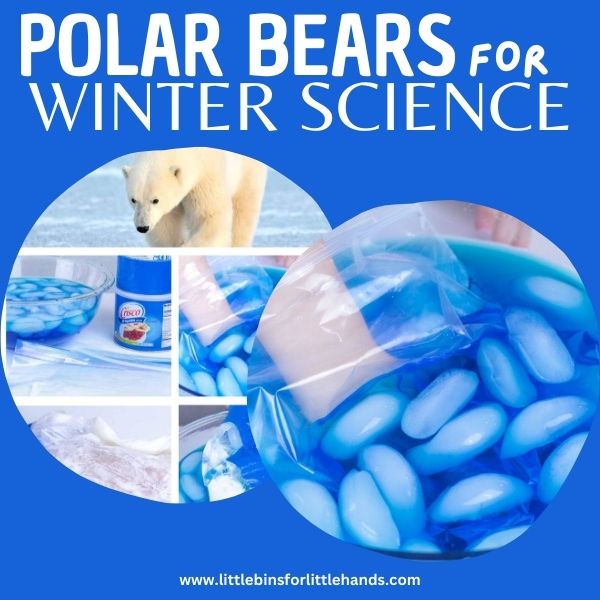
Related Science Activities
- Build an Animal Shelter STEM Challenge : Design and test shelters that would help animals stay warm in winter.
- Winter Adaptations STEM Challenge : Explore other animal adaptations for winter, such as hibernation and migration.
- Temperature Investigation: Try testing the insulating properties of various household materials, such as foam, felt, and fleece, and observe the effects on temperature change.
- What Absorbs Heat? Test different colored materials like black paper, metal, water, and cloth to see which one absorbs heat the most when placed in sunlight. This activity helps kids understand how different materials respond to heat and is a great way to compare materials that insulate versus those that absorb heat.

Printable Science Projects For Kids
If you’re looking to grab all of our printable science projects in one convenient place plus exclusive worksheets and bonuses like a STEAM Project pack, our Science Project Pack is what you need! Over 300+ Pages!
- Bonus Quick Grab Packs for Biology, Earth Science, Chemistry, and Physics
- 90+ classic science activities with journal pages, supply lists, set up and process, and science information. NEW! Activity-specific observation pages!
- Best science practices posters and our original science method process folders for extra alternatives!
- Be a Collector activities pack introduces kids to the world of making collections through the eyes of a scientist. What will they collect first?
- Know the Words Science vocabulary pack includes flashcards, crosswords, and word searches that illuminate keywords in the experiments!
- My science journal writing prompts explore what it means to be a scientist!
- Bonus STEAM Project Pack: Art meets science with doable projects!

Leave a Reply
Your email address will not be published. Required fields are marked *

Subscribe to receive a free 5-Day STEM Challenge Guide
~ projects to try now ~.
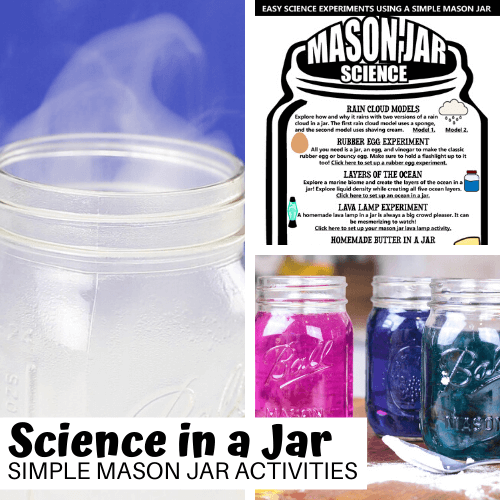

IMAGES
VIDEO
COMMENTS
Build a Solar Updraft Tower: investigate how solar energy can be absorbed and converted into kinetic energy. Build a Cooler: experiment with insulators to minimize heat transfer. Warm in the Sun: examine solar radiation's ability to warm up different surfaces.
Heat transfer projects are an exciting and engaging choice for your next STEM activity. Kids love the hands on nature of these projects. Plus they offer a lot of practical life skills. Like how to build a natural solar heater or how to slow heat loss, or how to make a slurpee with science! Science Fair Heat Transfer Experiments
Teaching children how to understand the basics of heat transfer can be rather difficult. Since many students do not fair well learning strictly through textbooks, elementary experiments can be crucial for teaching how heat energy can be transferred.
Insulation means creating a barrier between the hot and the cold object that reduces heat transfer by either reflecting thermal radiation or decreasing thermal conduction and convection from one object to the other.
From becoming heat detectives to constructing solar ovens, participating in dance parties, and solving heat transfer riddles, these activities will captivate your students’ interest while fostering their comprehension of conduction, convection, and radiation!
Conduct the Experiment: Follow the instructions to test each insulation material. Observe and Record Data: Record the temperature of the water in each cup at the start and at 5-minute intervals. Track how quickly each material allows heat flow. Analyze Results: Compare the temperature drops in each cup to see which material provided the best ...